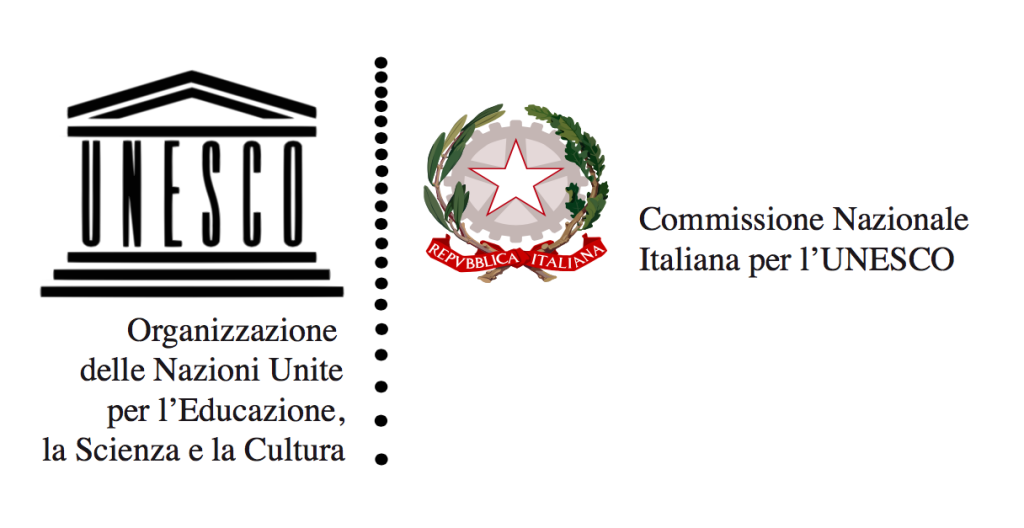Tomb of the Bulls
Discovered in 1892, the Tomba dei Tori dates back to 530 BC, it stands on the east side of the Necropolis of Monterozzi in Tarquinia.
The tomb is famous for its mid-late archaic frescoes, still deeply characterized by frontal drawings.
The Tomb is preceded by a dromos – an open corridor – with some steps leading into a large atrium. At the back of the atrium two doors open parallel to each other leading to two separate burial chambers. The roof of both rooms is sloping and decorated with colored lines and animal figures on the pediments. The atrium measures 4.31 x 4.52 x 2.25 in height, the right bedroom 3.26 x 2.52 x 2 in height while the left bedroom measures 3.47 x 2.52 x 2.10 in height.
The paintings
All the walls of the tomb are covered with a thin layer of light-colored clay, the frescoes are concentrated on the central wall – which is the most important wall in all the tombs, here the most important paintings were made – and on the pediments. The colors used for the realization of the paintings, as for all the other tombs in the necropolis and in general in all Etruscan pictorial art, are Egyptian blue – a synthetic pigment obtained from the production of glass -, malachite – a copper mineral used for the green-blue coloring -, red ocher and vegetable black.
Inside the tomb various erotic scenes are represented.
The pediments mainly represent heraldry – coats of arms – and animal figures – mainly felines and seahorses – a clear reference to the Greek and Roman tradition. These designs assumed, in Etruscan culture, a strong apotropaic meaning – that is, an act of warding off evil forces.
In the portion of the wall placed above the two doors two scenes are depicted, both with a bull and some human figures as protagonists. On the right scene two men are depicted in an act of sodomy, one of the two is darker-skinned – in all Etruscan paintings the men are depicted with dark skin, while the women with fair skin – while the other is depicted with pink skin, to highlight his being different as a homosexual, in the Etruscan way, unlike the Roman one, homosexuality was a reason for disapproval. To reinforce this concept, also the attitude of the bull who seems to want to hit them with his own horns. It is very interesting to note how the face of this bull is human and has the appearance of Acheoloo, one of the most important river gods in Greek mythology; Acheoloo was the god of fresh waters, water for the Etruscans represented a rite of passage and is recalled in different ways in many tombs. On the left, the second erotic scene instead depicts two men and a woman during a sexual act and at their side a lying and apparently careless and disinterested bull, in strong contrast to the previous scene.
Between the two scenes you can see an inscription bearing the name of Aranth Spurianas, who most likely was the owner of this tomb.
Below these two frescoes, on the wall that divides the two doors, is the most important scene of this room, Achille’s Ambush at Triolo, son of Priam, King of Troy. It is one of the very few existing Etruscan paintings that narrate a fact taken from Greek mythology, in this specific case taken from the Cypria, a Greek epic poem of the classical era. According to the myth, Achilles, before killing him, fell in love with him with such strength that he had such an intense sexual relationship with him, that he killed him during an intercourse. Triolo is depicted as a young man with a slender and sensual body and long blond hair, as he rides his steed naked, in front of him a fountain behind which Achilles hides. Below this scene is painted the Tree of Life – strong, lush and laden with leaves – tied by a cloth to the Tree of Death – bare and almost dry -.


